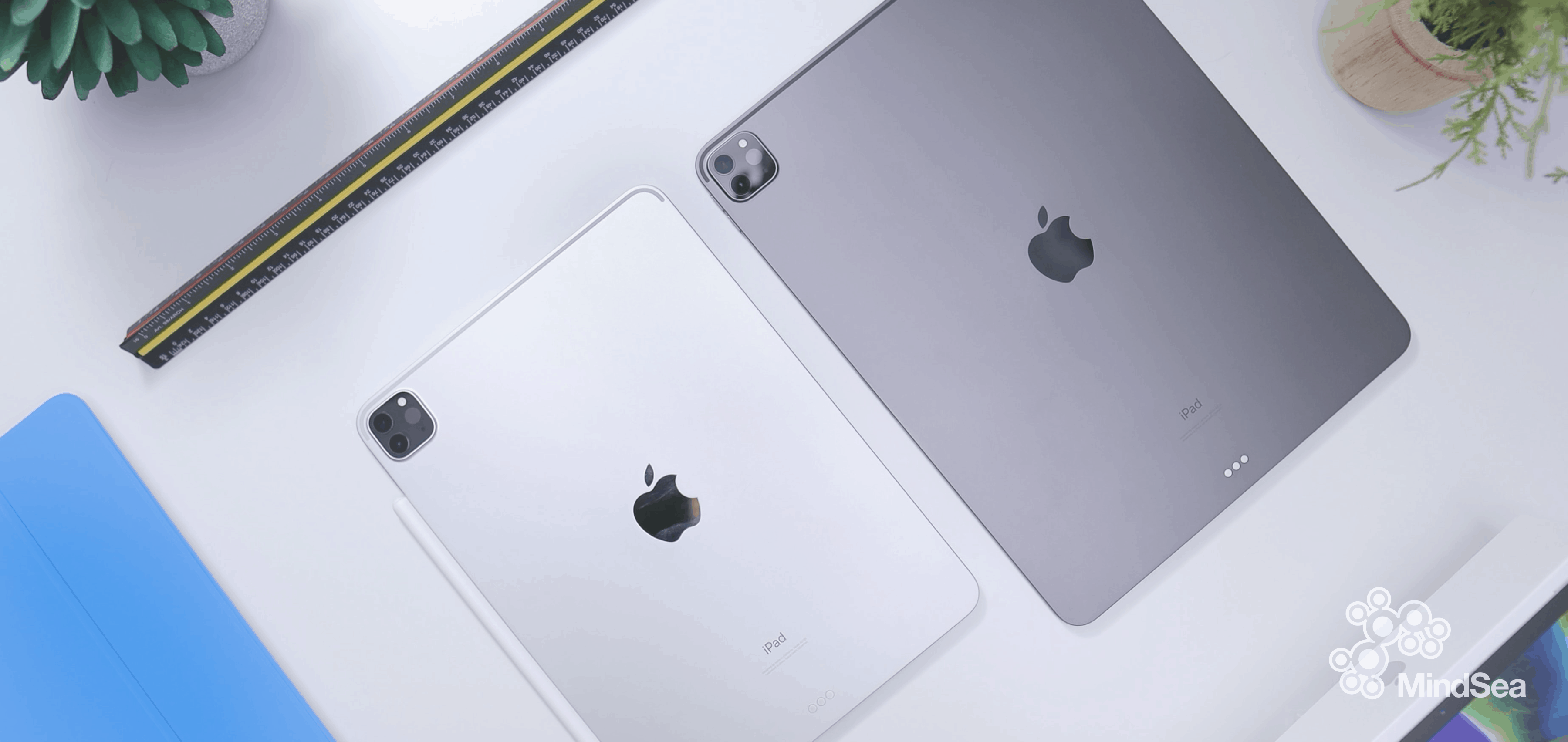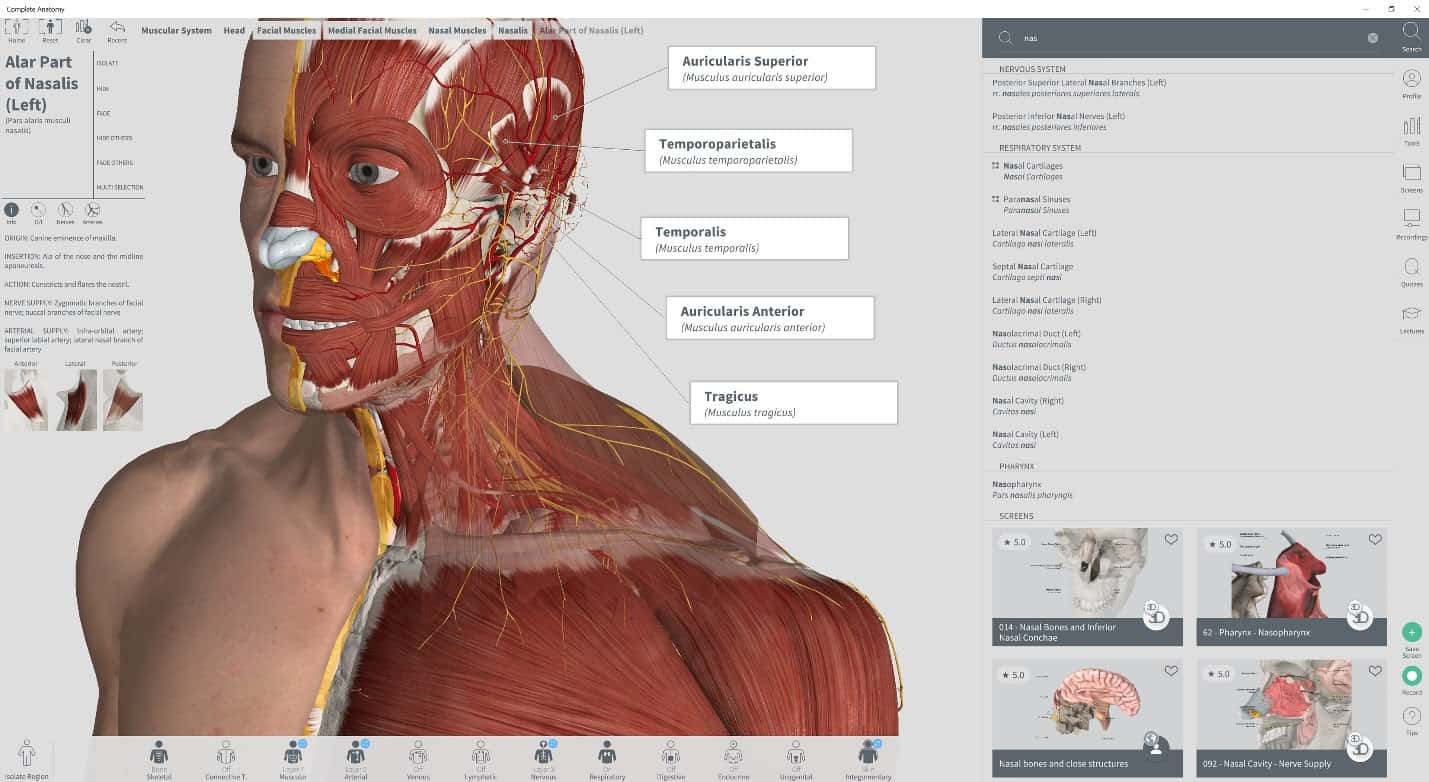On March 18th, 2020 Apple announced their latest version of the iPad Pro.
The device was set to include a variety of updates, changes and improvements, including: an A12Z bionic chip to increase speed, a world class liquid retina display, studio quality mics, trackpad support and a 12 MP-wide camera as well as a 10MP ultra-wide camera for photo and video capturing.
New hardware accompanying these cameras comes in the form of a LiDAR Scanner. LiDAR stands for Light Detection and Ranging, and it is set to revolutionize AR.
Since this announcement, there’s been a lot of hype around LiDAR and what it may mean for mobile devices going forward. But what is this technology and what does this launch mean for consumers?
Here are 8 things you should know:
1. It’s Nothing New
Integrating lasers for sensing and mapping dates back to the 1970s.
In the early years, mapping large regions with lasers and sensors was primarily used by NASA to accurately map the globe. LiDAR functions similarly to radar, however instead of radio waves, lasers are used.
It wasn’t until the 90’s that this technology became available for commercial use. While still miles away from what’s available to consumers today, the technology was able to deliver extensive data sets over vast areas that would otherwise have been collected on the ground.
Since then, LiDAR has evolved to satisfy a variety of wants and needs. Today, its use is recognized in the advancements of autonomous vehicles. Self-driving vehicles use the sensing system to detect the area surrounding it and determine the proximity of objects like cars, pedestrians, medians etc.
2. It’s Changing the Landscape For App Developers
Releasing LiDAR technology to the iPad makes this technology more accessible than ever for the consumer. As mentioned, up until now it was generally reserved for those with self-driving cars or those who have a particularly strong passion for surveying land.
The new iPad officially launched on March 24th, and a concern that arose immediately following was that consumers wouldn’t be able to experience LiDAR to its full capacity. Since this feature is so new to mobile devices, there has never been a need to accommodate for it on a developer’s end.
Apple has long been anticipating the push of AR. This push became particularly evident in 2017 with the release of ARKit. ARKit was a package developed by Apple to provide app developers. It provided resources to help encourage and aid developers in integrating AR into their apps.
ARKit has evolved since its initial conception and Apple has since launched ARKit 2 and, the most recent, ARKit 3. With updated resources and brand new hardware available, the app landscape has now changed. The challenge is placed on app owners to be creative in adapting, integrating and elevating the technology available to engage users like never before.
3. It’s Changing Online Shopping As We Know It
Online shopping continues to rise with each passing year. Companies are consistently on the hunt to see how they can elevate their ecommerce and mcommerce user experience.
Ikea is doing this by incorporating AR into their buying process.
Sometimes you can see the perfect piece of furniture but wonder how it would look in the room.
Is it too big? Would it clash? Where can I put it?
Ikea aims to help answer all of those questions with their new Studio Mode feature they created in partnership with Apple. Using the back-facing camera on the latest iPad Pro, users can simply point the device to the room in question and LiDAR technology will scan the room and virtually place a true-to-scale model of the piece in question. Users can then pivot, readjust and move the piece wherever they like. A similar feature was introduced in late 2019 by Wayfair.
What will be different for Ikea is their use of the LiDAR technology. The enhanced technology will improve the experience by being more precise in detecting depth, increasing accuracy and creating an overall seamless user experience.
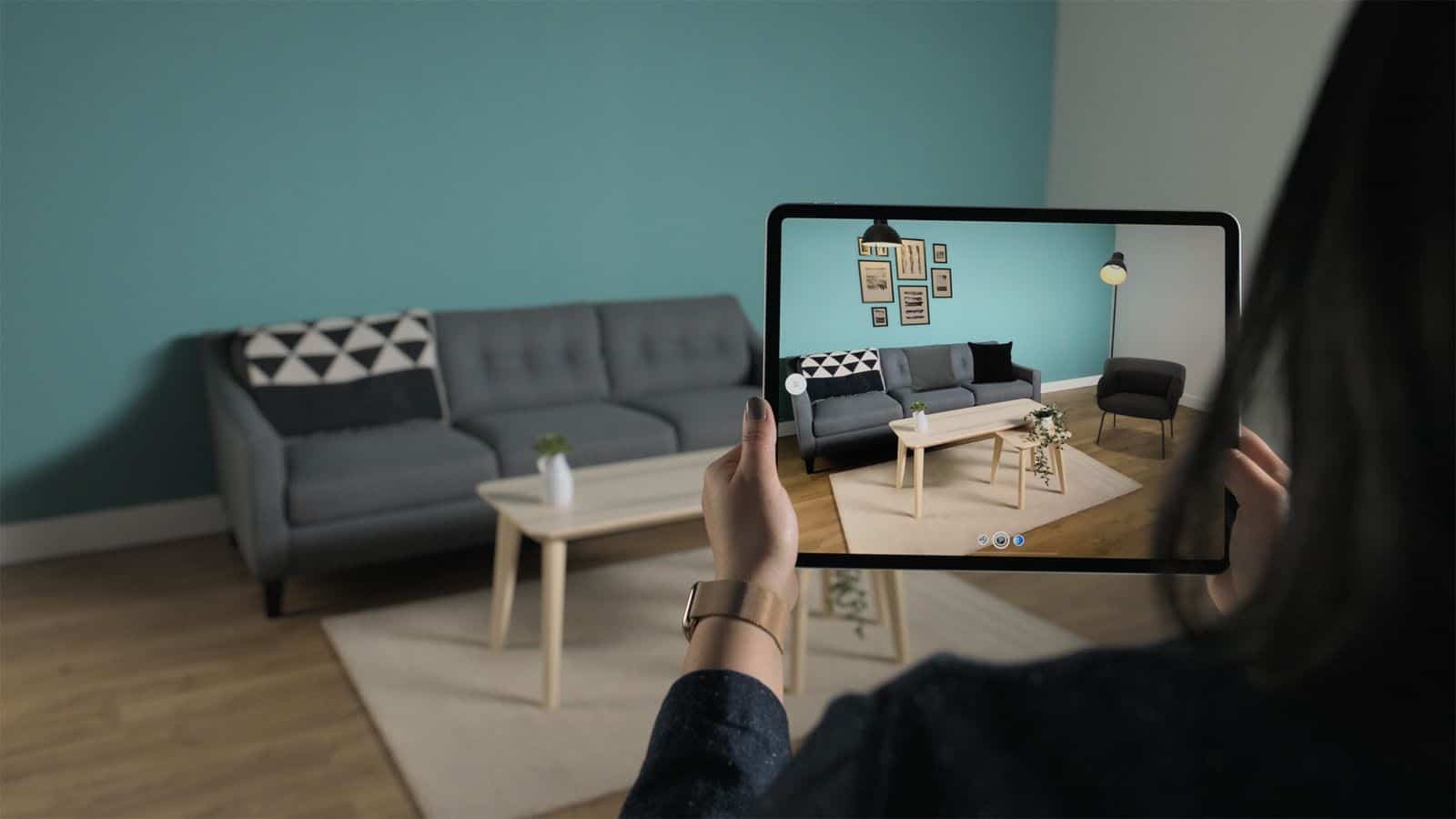
Innovations like this pave the way for endless possibilities when it comes to revolutionizing mcommerce.
4. It’s Here To Make Life Easier
The advantages of AR on human consumption spans far beyond commerce. Augmenting our own reality can take countless forms.
American Airlines partnered with Apple to help alleviate friction in their passengers’ airport experience. Their mobile solution incorporates AR technology and helps passengers navigate the labyrinths that are airports.
By using the American Airlines app, passengers can enter their flight information and the app will display directions to the passenger’s corresponding gate.
Examples like this are great at demonstrating the many ways AR can be utilized in other areas. This same concept can easily be applied to other public spaces like shopping malls, amusement parks and University Campuses.
Even beyond the world of navigation, we predict AR will find its way into many more uses of day to day life.
5. It’s Bringing New Worlds To Life
AR makes the world your playground. With it, you can change your entire surroundings with the tap of your screen.
While this creates an abundance of new possibilities, it also provides the opportunity to fall in love with old favourites.
Using ARKit, developers were able to bring to life the beloved children’s story, The Very Hungry Caterpillar.
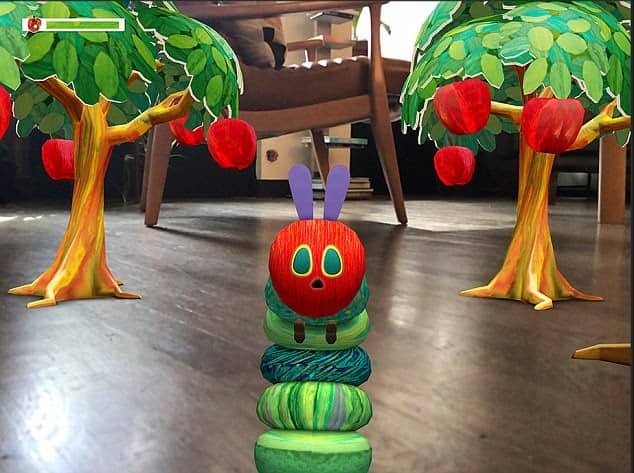
AR and entertainment really go hand in hand. It has the ability to transport us when we’re alone and, as seen with Pokemon Go, can also bring people together. When technology like LiDAR is paired with the passion of app developers, it’s exciting to see what magic happens.
6. You Can Learn Without Turning A Page
We’ve all experienced the monotony of studying for an exam and using a textbook with no colour—let alone pictures or diagrams. Memorizing lines of text will soon be regarded as archaic. This technology aims to make first-hand learning easier and more accessible than ever before.
Learning anatomy has been transformed with the Complete Anatomy Platform 2020 app.
Dissecting a frog in science class is now mess- and guilt-free with Froggipedia.
Why waste time discussing the effects of rivers and their surrounding ecosystems, when you can see it in your living room with WWF’s app?

Visual learners rejoice! Apps, like these, will help learners of all levels, ages and abilities reach new heights in their educational pursuits.
7. It’s Giving Healthcare A Makeover
This year has amplified the importance of being accessible and promoting remote services. Healthcare is one industry working swiftly to use tech advancements to help users receive treatment, expertise and information.
Where we often see augmented reality come into play is with training. Testing on real humans is dangerous; also, life-like models are expensive and some surgeries are so rare that in-depth training may be hard to justify. AR is an excellent response to these pain points.
AR can also help eliminate human error in health. For example, AccuVein is a company that uses technology to AR to scan a patient’s skin and identify where veins are located. This tool helps improve accuracy and reduce missed IVs.
Improving the technology in this space, like Apple has done, means that we are one step closer to making healthcare more accessible and reliable.
8. It’s Soon To Be The New Norm
According to predictions by Bloomberg, ARKit and LiDAR features are just the tip of the iceberg for Apple’s AR pipeline. Their predictions included the introduction of AR and VR wearables and that LiDAR will be featured on any future mobile device the company releases, like the iPhone 12.
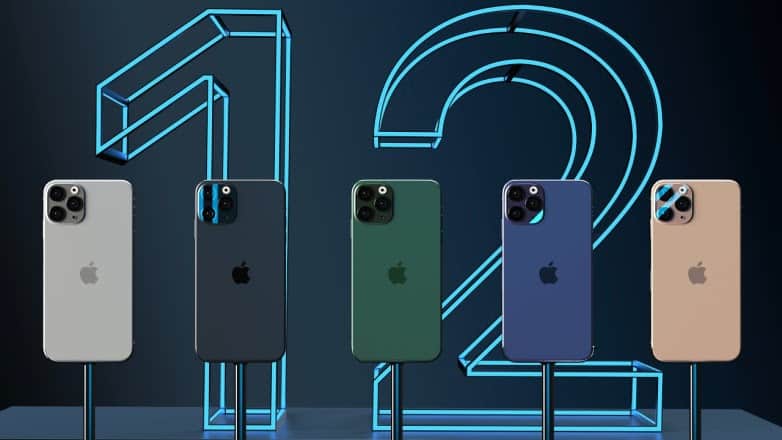
Apple’s significant investments into AR innovations and advancements would indicate that this is where the industry is continuing to progress. Paired with functional apps, like those mentioned previously, it’s not hard to imagine that AR will soon find its way into our everyday lives, just like VUI.
What’s Next
With new partnerships and integrations coming to life, thanks to LiDAR technology, it’s exciting to see what’s next for mobile apps.
This new technology, in turn, introduces new challenges and new opportunities for app developers who are building the next big things in consumer electronics. And we look forward to being a part of it!
Wondering what else is coming in the next decade? Check out these 6 Tech Trends Every Executive Should Be Watching in 2020.
